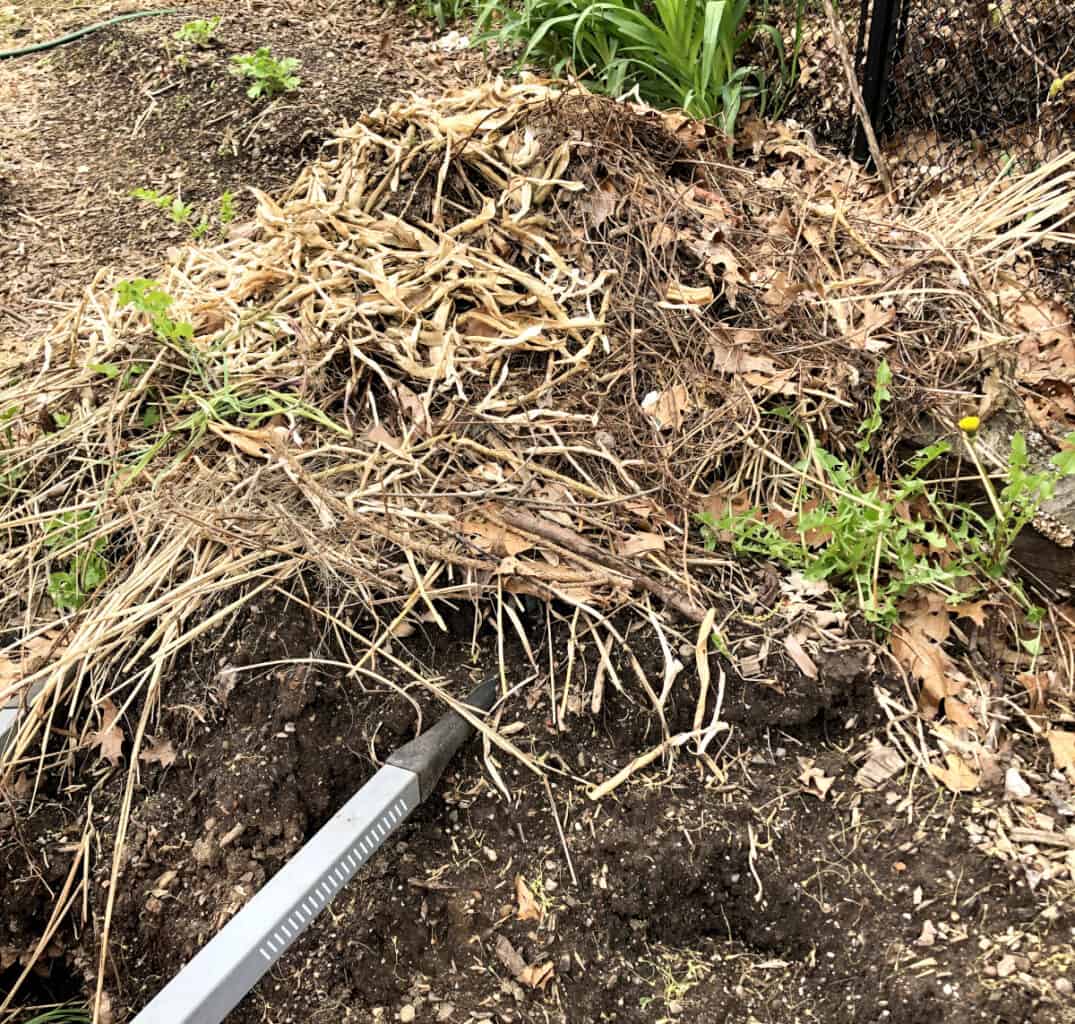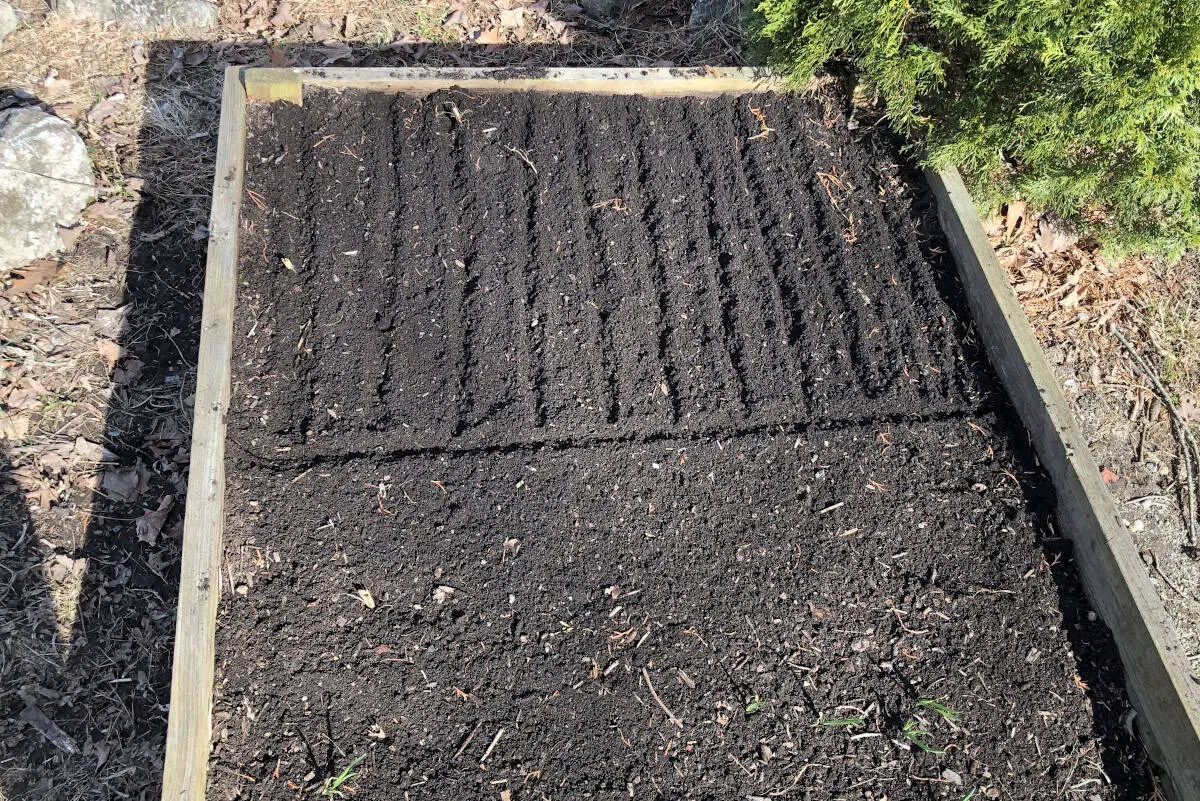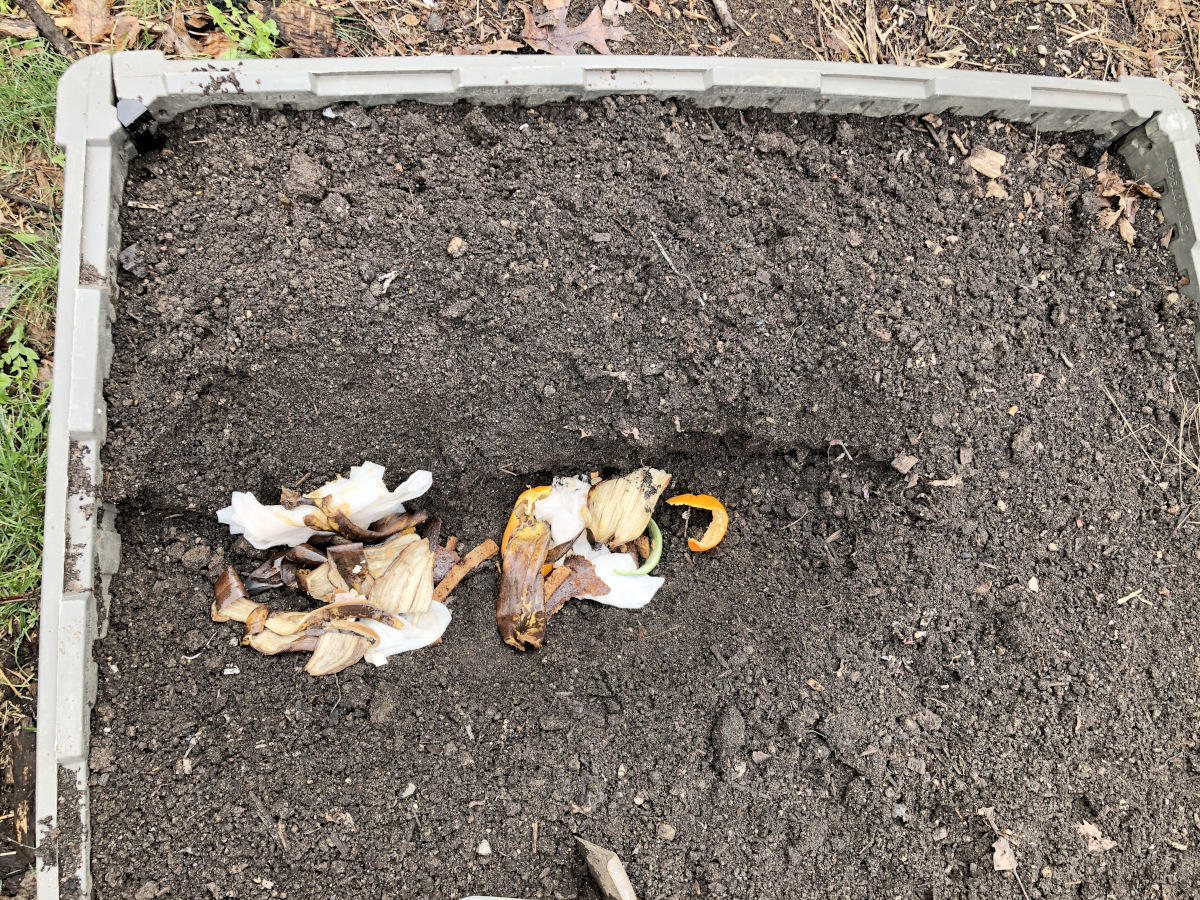Compost is one of the best things to have when gardening. Compost improves soil structure, and soil life and helps save costs of purchasing dirt or new compost every growing season. One of the most important things to do when starting a garden is to start a compost pile. Here are a few easy steps to start a homemade compost.
- Keep it simple, it is not rocket science, it’s a compost pile.
- Select a location where you want to set a compost pile. The location should be close to your garden so it is easy for you to bring it in the garden as needed. It should also be close to your home so you would actually bring those kitchen scraps out and compost them.
- Keep it on the ground if possible so the worms find it and get into it.
- Green and brown material is needed. Green material includes grass clippings, garden clippings, kitchen scraps, and animal manure. Brown material includes shredded paper, newspaper, cardboard, wood shavings, and dried leaves. Water the pile to add moisture.
- Layer the browns on the ground, then alternate with the green material. Water the layers as you go and mix them thoroughly as you layer them. A 50-50 ratio is good if you go over one or the other a little bit it’s alright. You do not need to measure.
- A fence can hide a compost pile. Compost can also be made in composters or bins if you wish to hide it.
- Turn the compost pile frequently and keep it moist. Hot composting is when a pile gets hot by mixing the browns and greens and turning it. If you do not wish to turn it, or simply can’t, it is called cold composting. A hot compost pile will break down faster than a cold compost pile.

Presently, I use a cold compost method, simply because at this time I do not wish to turn my compost pile. I rather have it sit and microbes and worms do the work for me. So, I am doing cold composting. Because the no-turn compost pile breaks down very slowly, I harvest from my pile only about once or twice a year. Usually at the end of the season when I dress my garden beds for winter and sometimes during late spring.
What is the best location for a compost pile?
The best location for the compost pile is level, well-draining ground where water does not sit. Start the pile on the bare ground so the worms could easily find it and enter. A sunny location will help with speeding the composting process. Ensure the pile is where you and perhaps your neighbors do not mind it. The back of the yard, behind the bushes, or a fenced pile would be a great option. Ensure the location is not too far from the garden to save yourself a workload once the compost is done and can be spread out in the garden.
What are green materials for composting?
Green material for composting is wet, nitrogen-rich materials like grass and garden clippings, kitchen scraps including veggie and fruit peels, coffee grounds, tea bags, weeds before they go to seed, and fresh green leaves. New food scraps can be buried in the pile so the wildlife and rodents are less attracted and introduce more microbes into the pile.
What are brown materials for composting?
Brown materials for composting are caron-rich materials like dry leaves, dry grasses, dry weeds, shredded paper, newspaper, pieces of cardboard, wood branches, hay, and sawdust.
When should you start a compost pile?
Now is the best time to start a compost pile. The sooner you start, the sooner you will have finished composting. The second best time to start a compost pile is in the fall when there is plenty of green and brown material available in nature like dry leaves, grass, and garden clippings.
What should not be added to the compost pile?
Do not add to your compost pile anything that is not of organic matter like plastic, treated wood, anything treated with chemicals, human waste, oil, meat, dairy, and cooked food.
How do you restart compost after winter?
To restart compost after winter, turning the pile helps best. Both, the green and brown materials can be added as needed. If the pile is wet it is normal after the winter, it just needs to be turned, do not add water. If the pile is dry after the winter, add water and turn the pile. If you have any compost from the previous pile, it can be added to speed up the composting process.
Should I turn my compost pile?
Turning the compost pile helps speed up the composting process and keeps the pile hot. It is called hold composting. However, not all are able to turn the piles, if the pile is not turned, it is composting nonetheless, but the process is much slower and it is called cold composting. Both methods are good.
How often should I turn a compost pile?
The best is to turn the pile every three to four days. Turning the pile this often will keep the pile hot. If most of the material has been decomposed, less frequent turning is needed. If turning the pile once a week or once every two weeks, the pile will decompose much slower.
How hot should the compost pile be?
The temperature of the compost pile should be anywhere between 131F-160F. When the temperature of the pile reaches 160F it is time to turn it.
When is compost finished and ready to use?
Compost is finished and ready to use when the components of the compost are no more recognizable and are fully composted. The finished compost is dark and smells like fresh dirt. Once the compost is this fully finished it is ready to be used.

TIP: Not all of us home gardeners have an opportunity to put together a compost pile. For those who cannot or do not wish to compost in a compost pile, there is another option. It is called trench composting. It is composting directly in the garden bed or a container. I use trench composting to compost my kitchen scraps. I do not add kitchen scraps into my cold compost pile because we have lots of wildlife and I do not want any black bears digging in my compost pile. I use trench composting to compost my kitchen scraps and paper towels. Simply dig a trench deep enough, almost close to the bottom of the bed or container. Put the kitchen scraps in and cover them with the dirt you dug out. The kitchen scraps will decompose, and worms will find them. It is out of sight and out of the way for the wildlife to find it.

I use this method especially during winter months as we have long winters and lots of scraps. This method helps me to feed my garden soil during winter, it improves my soil’s texture and feeds the soil life. In spring I have beautiful, rich soil to plant in. It is a great way even for container gardening as you can have multiple containers dedicated to trench composting. It is clean and it works. Once my garden is occupied with plants, I do not compost in the garden beds anymore to preserve roots, but instead, I dedicate a couple of large containers or an empty spot somewhere in my lot where I continue trench composting and take from a finished spot as needed during the growing season.
Do I need to start a compost pile when starting a garden?

